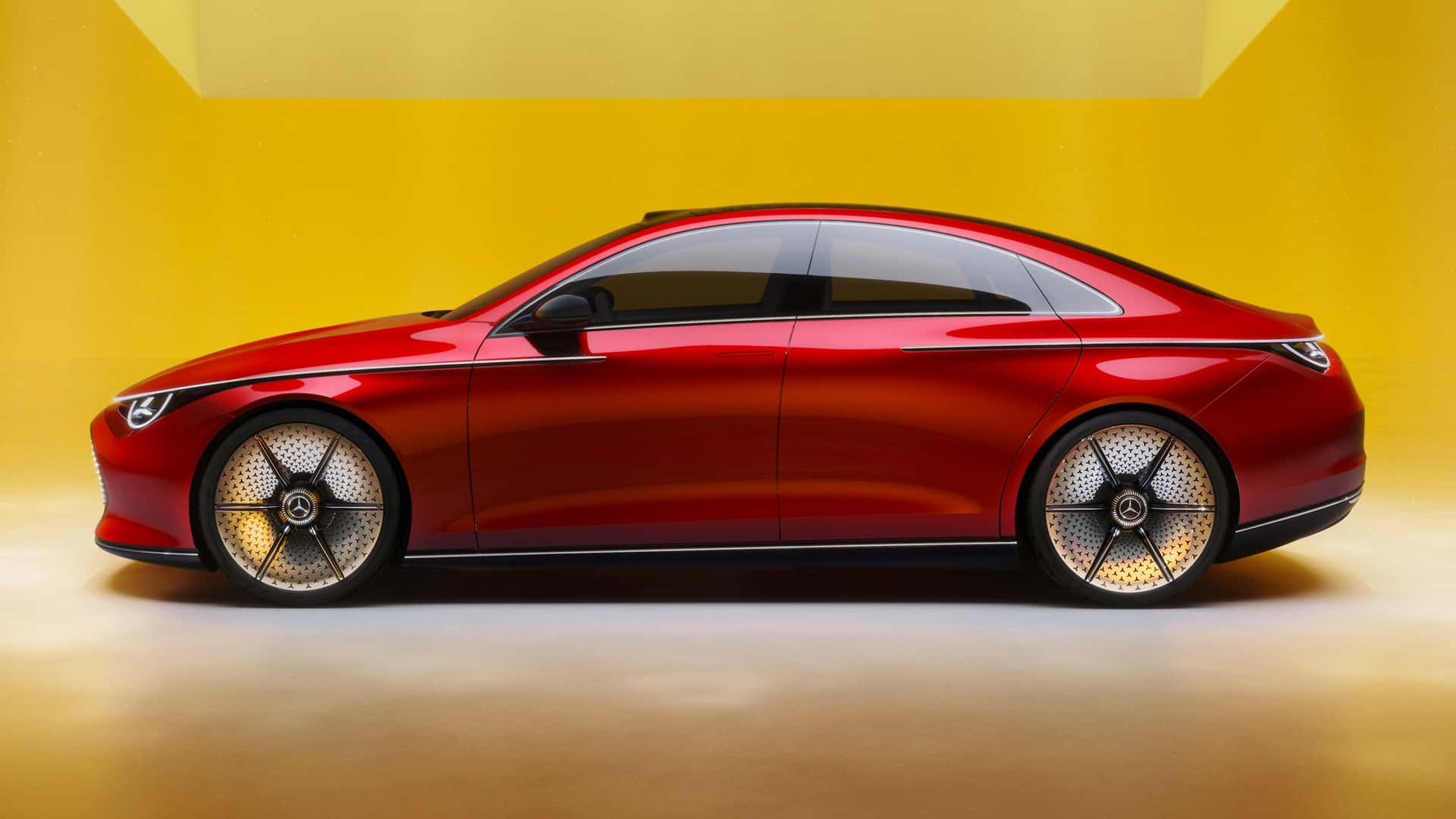In a strategic move to bolster their electric vehicle lineup, Mercedes-Benz is set to revamp their EQE and EQS electric models, introducing an advanced 800-volt electrical system starting in 2025. This noteworthy transition, a part of the EVA2 platform’s comprehensive upgrade, is expected to bring about significant improvements in charging capabilities and overall performance.
Mercedes-Benz is reportedly gearing up for a substantial evolution in their electric vehicle lineup, with plans to equip their EQE and EQS electric models with an upgraded 800-volt electrical system by 2025. This shift to the enhanced system voltage is a pivotal facet of the broader transformation of the EVA2 platform, which will soon bear the name EVA2M.
The present EVA2 platform, known for its 400-volt architecture, serves as the foundation for the EQE and EQS series, encompassing both sedans and their corresponding SUV counterparts, including the Maybach edition of the EQS SUV. The German automotive blog JESMB has reported that the EVA2 platform is set to undergo a comprehensive enhancement under the moniker EVA2M. The ‘M’ in this designation signifies “Mopf,” an internal Mercedes abbreviation denoting model updates. While the exact source of this information remains undisclosed, details regarding the purported upgrade have surfaced.
Central to this transformation is the replacement of the previous e-motors from Valeo with Mercedes-Benz’s self-developed eATS 2.0 drive, which operates seamlessly with the 800-volt electrical system. As the eATS 2.0 is designed exclusively for 800 volts, modifications to the voltage configuration for the EVA2 platform are imperative. The eATS 2.0 unit is also slated to be integrated into future platforms such as MMA (encompassing the CLA model, along with the subsequent generations of EQA and EQB) and MB.EA-M (encompassing the C-Class and GLC models). According to reports from JESMB, the MB-EA-L variant, catering to larger electric vehicles from 2028 onwards, will adopt a drive unit designated as EDU3.0, with “EDU” representing Electric Drive Unit.
Additionally, the EVA2M platform will integrate new Silicon Carbide (SiC) power electronics and an innovative battery cell variant. Notably, the employment of SiC power electronics, in lieu of conventional silicon-based semiconductors, is projected to yield a five percent increase in range, thanks to reduced heat dissipation. Details about the novel battery cell are limited, with only a mention that it’s “identical to the MMA platform.” The specifics regarding whether this involves a distinct cell chemistry or a change in cell format remain undisclosed.
The transition to the 800-volt system voltage marks a departure from the current 200 kW upper limit for charging power. Given that the CCS charging standard is capped at 500 amperes, the previous 200 kW limit at 400 volts is set to expand. Notably, this change holds significant implications for charging times, although exact figures regarding the magnitude of this increase are yet to be disclosed.
While the adoption of 800 volts isn’t an end unto itself—favorable charging curves at 400 volts can still ensure reasonable charging durations—the disparity in charging time between the luxury Mercedes models and more budget-friendly options like the e-GMP Hyundai or Kia may raise eyebrows among Mercedes’ affluent customer base.
The transition to the eATS 2.0 also introduces an innovative aspect: unlike the current Valeo drive featuring a fixed transmission, the eATS 2.0 incorporates a two-speed gearbox. The EVA2M and MB.EA-M versions adopt the “Large” variant of this gearbox, with increased power and torque adaptations. The basic iteration of the eATS 2.0 for the MMA models also features a two-speed setup, albeit geared towards lower power outputs.
Mercedes-Benz has already introduced notable enhancements to the 400-volt edition of the EVA2 platform, including a heat pump, 22 kW onboard charger, and a decoupling unit in all-wheel-drive variants for the front electric motor. These improvements have translated into a more satisfying customer experience, offering an extended practical range and shorter AC charging durations. With the ambitious overhaul to the EVA2 platform in the form of EVA2M, more substantial enhancements are poised to unfold.
The prospect of such extensive changes has naturally sparked discussions about their potential impact on the demand for Mercedes’ premier electric models. Even as the Mercedes Maybach EQS 680 SUV’s debut is anticipated towards the close of 2023, news of a technically refined iteration slated for 2025 has already surfaced. This development, arriving before the market release, introduces a level of anticipation that is somewhat unprecedented. Notably, the EQS sedan has been available for purchase since August 2021. While an eventual round of model updates around the four-year mark was expected, the scale of this impending transformation is sure to be a topic of intrigue.







